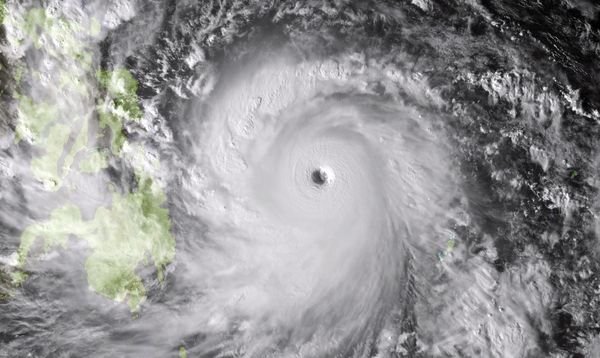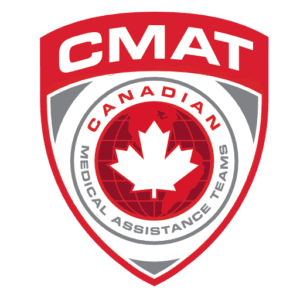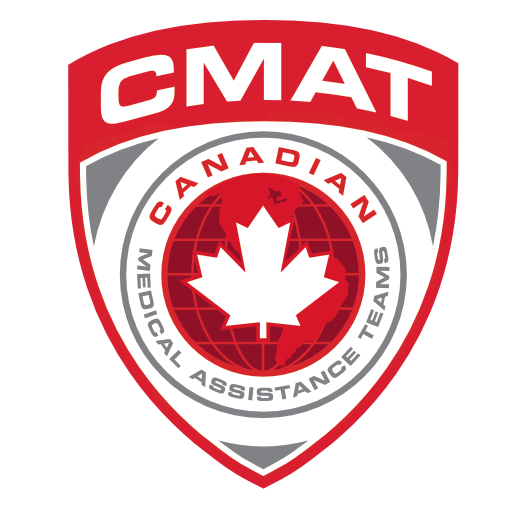CMAT Rapid Assessment Team on standby for Philippines Typhoon.

Super-Typhoon Haiyan made landfall in the Philippines in the early morning hours of November 9, 2013.
Super Typhoon Haiyan (known locally as Typhoon Yolanda) made landfall in the early hours of November 8th in Eastern Samar province in the Philippines. It had maximum sustained winds of 315 km/hr making it the strongest storm ever to make landfall and the fourth most powerful storm ever recorded in history. Flash floods, landslides and wind damage are reported in Eastern Samar and Leyte provinces. Waves reached 12 to 15 feet in Samar and Leyte.
At least 18 million people live in the worst affected Visayas Region. The Government of the Philippines conducted comprehensive preparedness activities including evacuations of 125,604 people in 22 provinces according to the National Disaster Risk Reduction and Management Council (NDDRMC).
The cities of Tacloban and Ormoc in Leyte province were the worst hit. Communities in Cebu and Bohol provinces lying close to the Typhoon’s track are still reeling from the impact of a 7.1 magnitude earthquake which hit the area on 15 October 2013. Homes and businesses in Tacloban were destroyed, while the town’s airport has been reported have sustained major damage. Strong winds have interrupted telecommunications, which has limited the information received from the most affected areas, especially Eastern Samar and Leyte. Electricity is out in Tacloban, which raises concerns for access to water, as pumps would be ineffective. The Governor of Leyte stated that power lines were down, roads impassable and that there is need for food, flash lights and other non-food items.
CMAT’s Disaster Rapid Assessment Team response has been activated, and is standing by, pending further developments. Skilled and highly experienced CMAT volunteers who have previously responded to disasters in Pakistan, Bangladesh, Japan and Haiti are ready to deploy, depending on need, and include paramedics, and experienced Emergency Nurses and Nurse Practitioners. CMAT collaborates directly with the local community and the United Nations Office for the Coordination of Humanitarian Affairs (UN-OCHA), and has the capability to deploy a fully equipped, inflatable field hospital, and water purification equipment anywhere in the world within 24 to 48 hours.
CMAT appeals to its supporters to donate towards the relief effort.
Please donate generously at http://www.canadahelps.org/dn/16574 or
Click here:





